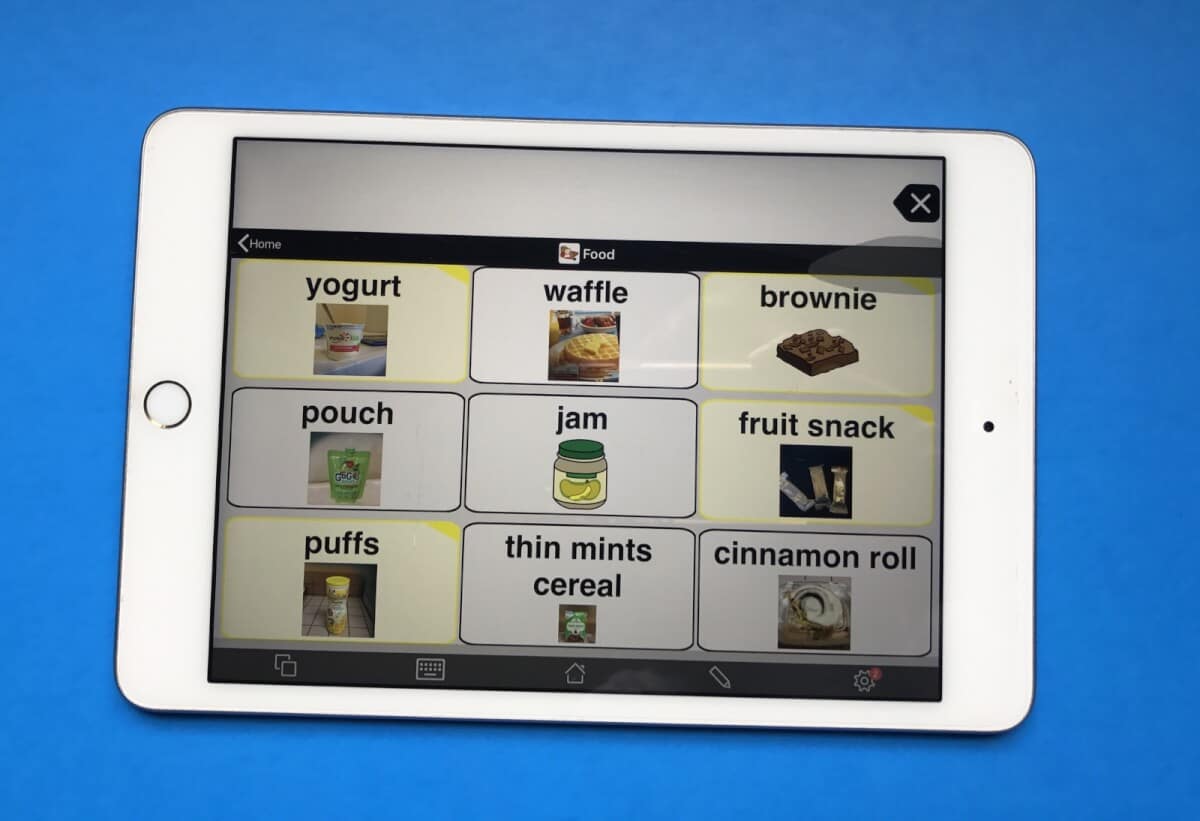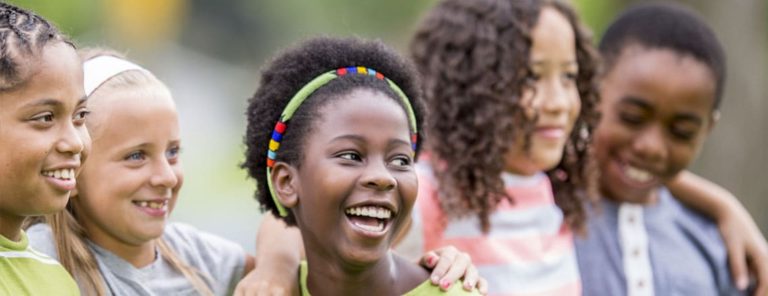
 engaging in teaching and training opportunities for both physical therapy students and volunteers who are interested in addressing the needs of our unique population, whenever possible. formulating medical justifications for DME approval to insurance agencies as needed. conducting comprehensive consultations with Durable Medical Equipment (DME) vendors (for wheelchairs, seating options, and mobility equipment) and orthotists (for bracing) to determine the most appropriate devices according to the student’s and the family’s needs. communicating with doctors, nurses, psychologists, social workers, orthotists, audiologists, and other therapists regarding relevant medical information and possible interventions that may affect the student’s performance in school and in the community. We collaborate with other healthcare professionals and equipment vendors through: monitoring the classroom seating needs of each student to promote correct posture and alignment and ensure maximum participation in class work. providing training opportunities for classroom staff when using necessary therapeutic equipment (for transfers). providing push-in services (when appropriate) within the school building or when out in the community (such as field trips). integrating physical therapy goals in collaborative lessons in and out of the classroom to ensure better generalization of skills. formulating relevant and appropriate annual gross motor goals for the IEP, monitoring their progress, and modifying/replacing goals, when necessary. We coordinate with teachers and other members of the educational team by: Francis de Sales prides itself in having expansive facilities and therapy equipment that allow our physical therapists to explore a variety of multi-sensorial, relevant, and real-world treatment approaches that best suit each student’s needs. These programs aim to strengthen the child’s abilities towards greater independence and ensure maximum participation in the academic environment and community while using multimodal and multilingual communication strategies such as ASL and AAC. To provide each student every opportunity to succeed, our physical therapists design individually tailored, goal-driven, safety-conscious, and functional intervention plans that address limitations in motor skills due to various musculoskeletal, neuromuscular, and cardiopulmonary disabilities. Our experienced and dedicated physical therapists work closely with other educational and healthcare team members inside and outside of the school to ensure the best quality of care for each student. Communicate with families to assist with carry-over of IEP goals to the home environment. Planning and integrating IEP goals into collaborative lessons in and out of the classroom focus on academics, play, socialization, work skills, and self-care.įamilies: connect families with medical, leisure, extra-curriculum activities to support students’ overall needs. School based events: Community day, Family day, Holidays, Student Achievement Recognition Day. Outdoors field trips to nearby parks, gardens.
engaging in teaching and training opportunities for both physical therapy students and volunteers who are interested in addressing the needs of our unique population, whenever possible. formulating medical justifications for DME approval to insurance agencies as needed. conducting comprehensive consultations with Durable Medical Equipment (DME) vendors (for wheelchairs, seating options, and mobility equipment) and orthotists (for bracing) to determine the most appropriate devices according to the student’s and the family’s needs. communicating with doctors, nurses, psychologists, social workers, orthotists, audiologists, and other therapists regarding relevant medical information and possible interventions that may affect the student’s performance in school and in the community. We collaborate with other healthcare professionals and equipment vendors through: monitoring the classroom seating needs of each student to promote correct posture and alignment and ensure maximum participation in class work. providing training opportunities for classroom staff when using necessary therapeutic equipment (for transfers). providing push-in services (when appropriate) within the school building or when out in the community (such as field trips). integrating physical therapy goals in collaborative lessons in and out of the classroom to ensure better generalization of skills. formulating relevant and appropriate annual gross motor goals for the IEP, monitoring their progress, and modifying/replacing goals, when necessary. We coordinate with teachers and other members of the educational team by: Francis de Sales prides itself in having expansive facilities and therapy equipment that allow our physical therapists to explore a variety of multi-sensorial, relevant, and real-world treatment approaches that best suit each student’s needs. These programs aim to strengthen the child’s abilities towards greater independence and ensure maximum participation in the academic environment and community while using multimodal and multilingual communication strategies such as ASL and AAC. To provide each student every opportunity to succeed, our physical therapists design individually tailored, goal-driven, safety-conscious, and functional intervention plans that address limitations in motor skills due to various musculoskeletal, neuromuscular, and cardiopulmonary disabilities. Our experienced and dedicated physical therapists work closely with other educational and healthcare team members inside and outside of the school to ensure the best quality of care for each student. Communicate with families to assist with carry-over of IEP goals to the home environment. Planning and integrating IEP goals into collaborative lessons in and out of the classroom focus on academics, play, socialization, work skills, and self-care.įamilies: connect families with medical, leisure, extra-curriculum activities to support students’ overall needs. School based events: Community day, Family day, Holidays, Student Achievement Recognition Day. Outdoors field trips to nearby parks, gardens. 
Tactile – theraputty, symbols, scented play putty, raised surfaces (letters, numbers, pictures) to support low vision students Provide in-school resources for splints, wheelchairs, adaptive seating. May include wheelchairs, walkers, standers, specialized class chairs to support learning. Supports multiple diagnoses so every child is included.

Large playground – common garden for academic and sensory learning Pull-out to address unique needs in sensory gym, motor room, large or small gym Services are push in, incorporated in classroom for inclusion

Several sunny fully equipped therapy rooms to provide specialized services Locations – in and out of the school building įacilitate intrinsic compensatory skills unique to each studentĮnvironment: Focus is on compensating a student’s skills by modification and adaptation of the environment. Addresses resources intrinsic to the student such as body structures and functions, behavior, motivation and skills.įocus is on compensating student’s skills by modification of the physical and cognitive demands of an activity to improve student’s performance and participation.Įmphasis is on resources extrinsic to the student such as materials used, or procedures followed to complete a task. Student: Emphasis is on remediation or restoration of skills and promotion of behaviors to improve participation.








 0 kommentar(er)
0 kommentar(er)
